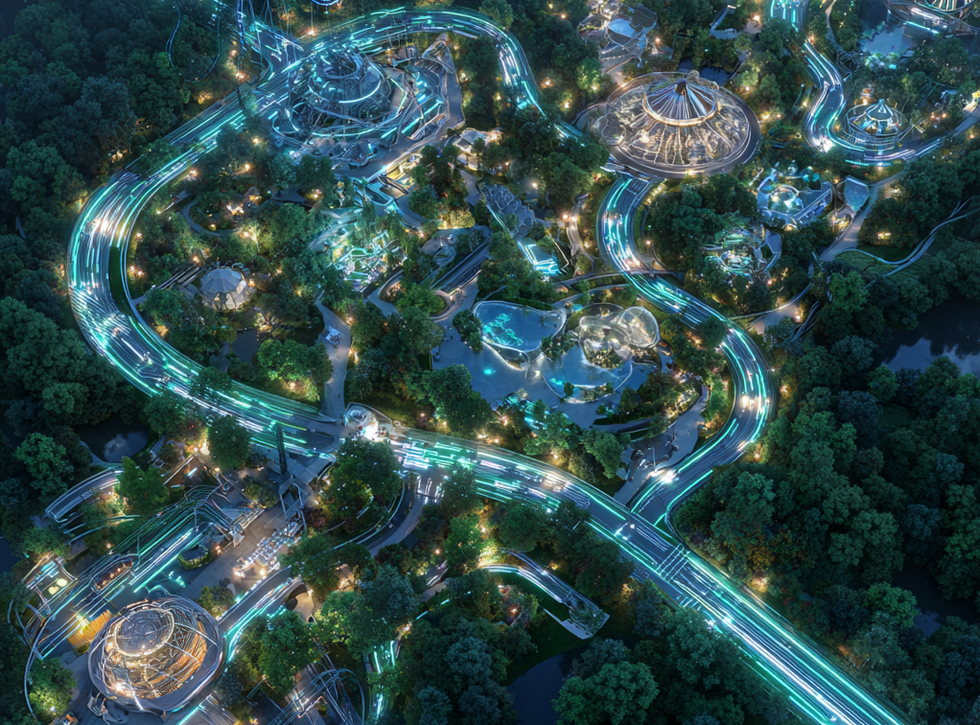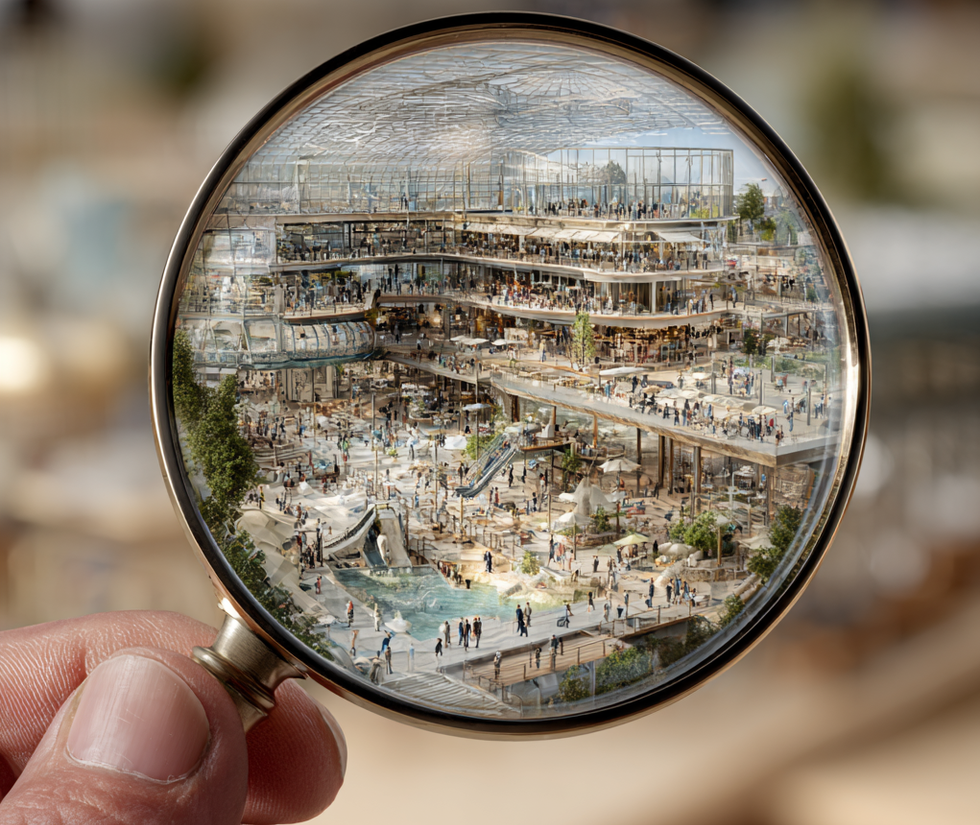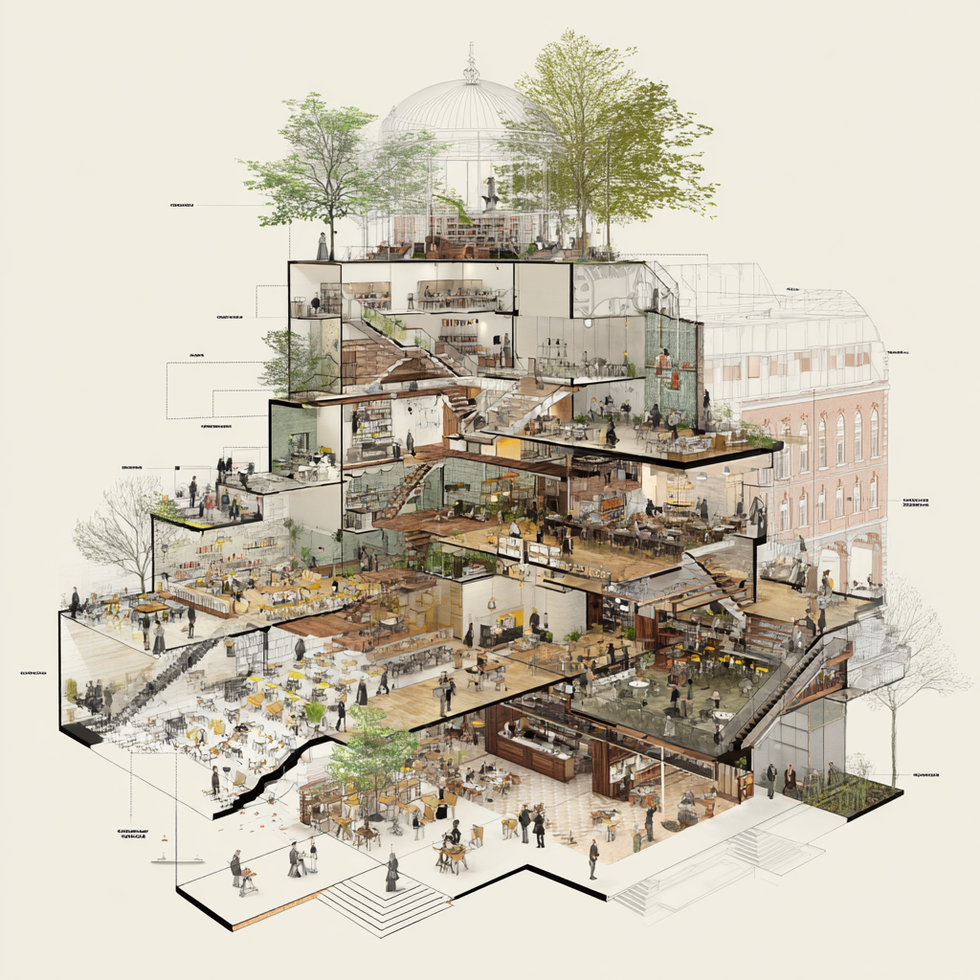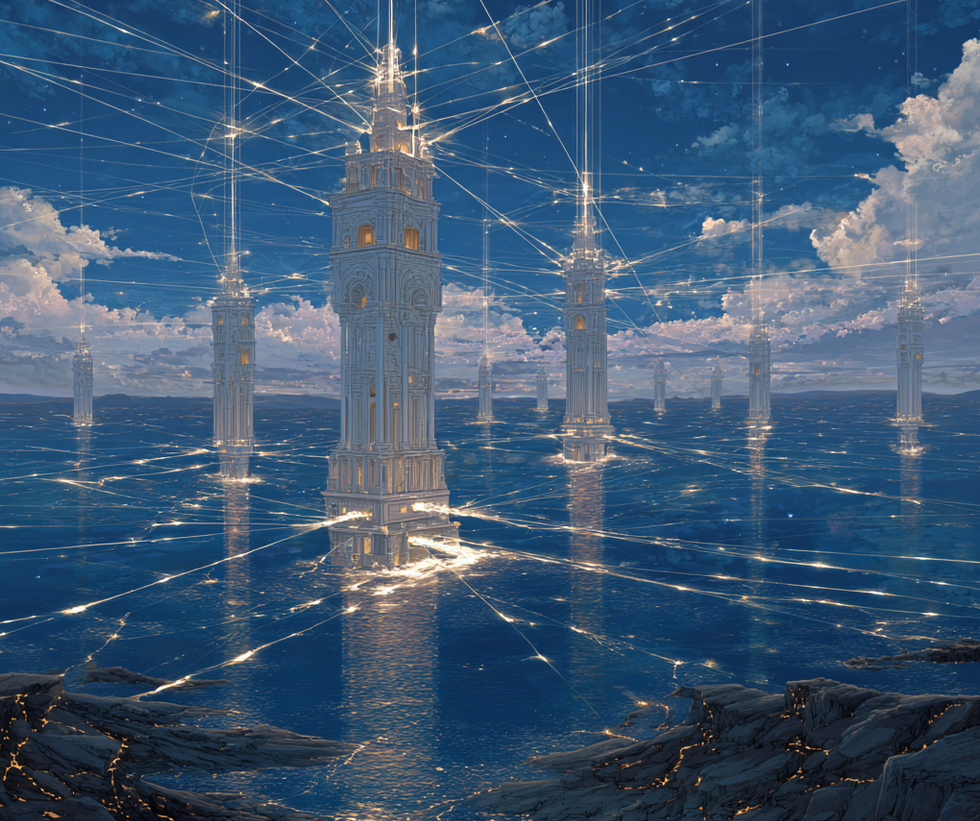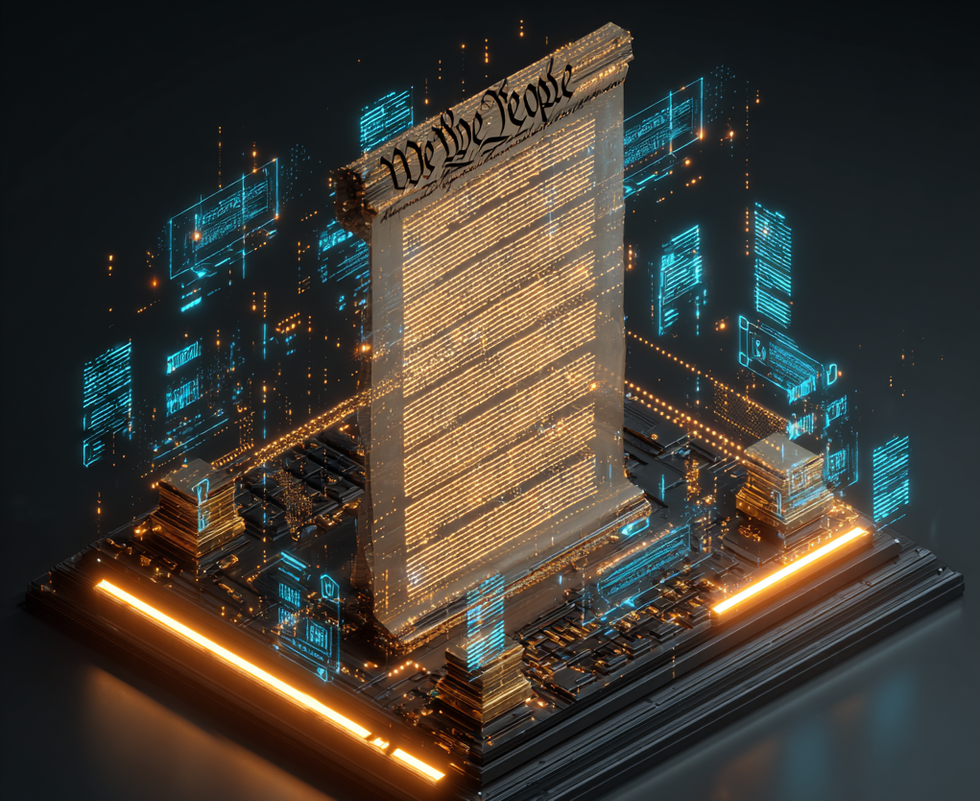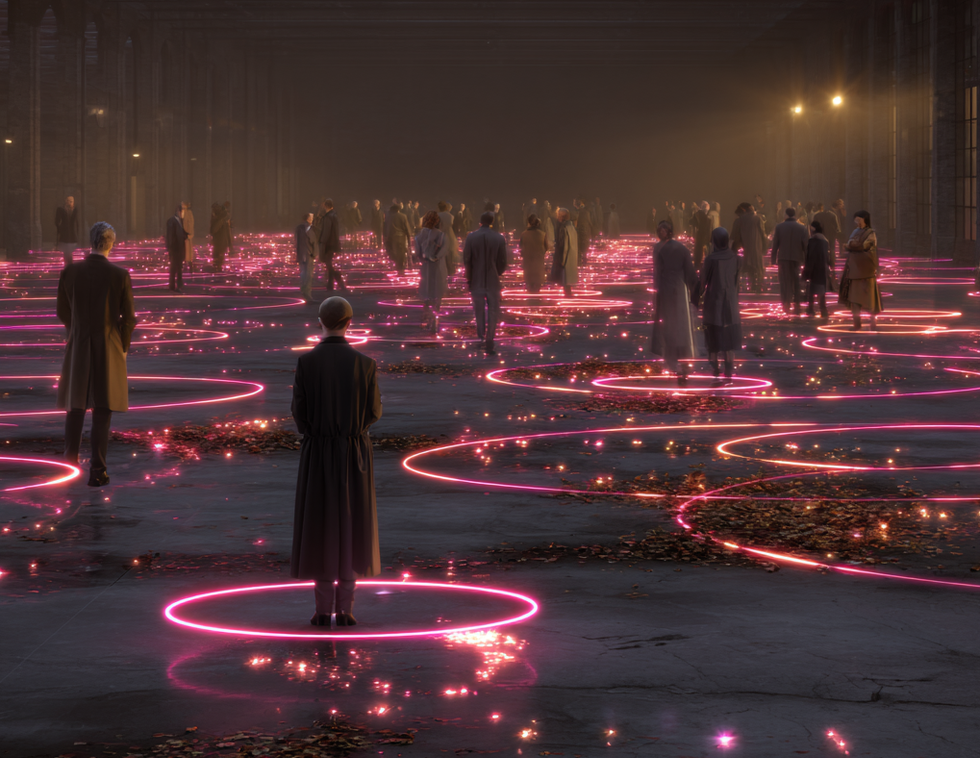by Graham Speak, Speak Consulting
If you’ve read any of my previous articles in blooloop, you’ll know I’m a big believer in retail being a huge opportunity for the attractions sector. There are many ways to go about this - from maximising retail fundamentals all the way through to stores becoming experiences in their own right. When executed thoughtfully, merchandise and retail can enhance experiences, engage guests, drive loyalty and increase visit frequency. And, of course, drive incremental revenue.
My poor family also know how I feel about this. “Lilly, can you mind out of the way so I can take a picture of that display?” A common occurrence on any family day out, surely?
I am sharing a few examples of great retail executions I’ve seen across the UK on our various trips this year. It’s not a comprehensive rundown of great retail experiences. But, hopefully, it will inspire and uncover some principles that you may find interesting.
Eden Project: a wonderfully curated, browsable retail experience
Located at the exit to the attraction, this retail store is huge and diverse in its range. That is not something I’d usually say is necessary for a successful retail execution.
The big standout for me is how well the merchandise has been curated. It doesn’t feel like a hastily assembled mishmash of products—there has been careful consideration to capture the essence of the Eden Project. Alongside this, there appears to be an understanding of audiences and their different reasons for purchasing an item.
Every product and range in the store serves a purpose, from locally sourced, small-batch product ranges that are fun to discover to Eden-inspired product ranges to educational toys that allow the discovery to continue at home.
The shop also builds on the messaging seen throughout the exhibits. For example, the operator has meticulously selected all products from an ethical and ecological standpoint. And, of course, being a charity, any purchases contribute to the ongoing funding of the project.
The retail experience is a pleasure to browse and explore. It is an extension of the rest of the Eden Project - and an opportunity to take a small piece home with you.
See also: Developing a successful retail proposition: five big factors to consider
The Real Mary King’s Close, Edinburgh: extending storytelling into retail store design and product ranges
This myth-filled historic close, located under the Royal Mile in Edinburgh, Scotland, is a unique experience. It is brought to life through the stories of the real-life-based ‘resident’ guides. The main attraction brings together history, urban legends, and great storytelling, and it’s exciting to see it continue as your guide delivers you to the gift shop at the end of the adventure.
Working with Lumsden, Continuum has turned a listed courtroom into an enticing retail outlet—one that enhances rather than jars with the rest of the attraction. Market carts, inspired by those found in Edinburgh in the 17th century, display products alongside set pieces, including a huge mannequin of the plague doctor (one of the main characters you encounter during your underground journey).
The space itself is fun (and relevant) to explore, and unique features referencing the tales heard throughout the tour enhance it.
Paul Nixon, general manager at The Real Mary King’s Close, says:
The retail experience has become an extension of the tour itself, encouraging dwell time by increasing points of engagement to boost overall satisfaction levels and increase average spend per head. By implementing this approach, we have created a holistic experience where the retail component enhances rather than interrupts the guest's journey through The Real Mary King’s Close.”
The products are carefully curated with exclusive collections and locally sourced ranges to provide distinctive and browsable collections. The offer combines merchandise to appeal to different audiences, from history lovers to quirky gift hunters looking for a memento of their experience. The combination of great storytelling and unique products makes it almost impossible not to make a purchase.
Hyporium at Thorpe Park: understanding thrill-seeker audiences and their retail motivations
Hyperia opened earlier this year as the UK’s tallest roller coaster, and riders want to be part of it, celebrate it, and share it. Understanding audiences and why they might want to buy is important, and Merlin has done that with the Hyporium store.
From water bottles and notebooks to brag about your bravery to friends and co-workers, to Hyperia stylised wings to wear, to collectable, limited-edition ranges designed with theme park enthusiasts in mind, the store has something for everyone to remember, personalise, and share their adventures. The store provides a great source of revenue. It is also an important marketing tool to drive awareness and excitement about the attraction.
Discussing the importance of product, the head of Fastrack and retail at Thorpe Park, Josh Reynolds, says:
“We approached the merchandise and shop for Hyperia differently to any other we’d launched before. Capturing the celebratory and positive essence of the marketing campaign, we brought to life the concept of ‘Find Your Fearless’ with the iconic wings as inspiration, which resulted in us coming up with the concept of finding your unique set of wings.
"By creating multiple variations of the wing motif which could be mixed and matched to build your own look, it allows every guest to find something they resonate with. It’s been amazing to see this in reality with our guests embracing their individuality and uniqueness!”
Queues for the Hyporium are (almost) as long as the ride itself. So, it’s definitely proving that guests want to take a piece of the action away with them.
Special mention: Bunker 94
At Alton Towers, also within the Merlin estate, we saw the Bunker 94 store open alongside the return of the legendary roller coaster Nemesis Reborn.
With fans lining up to get into the shop, the operator took a similar approach to understanding different guest segments. It has created ranges to appeal to casual park visitors alongside roller coaster enthusiasts. From Nemesis Reborn-branded mementoes to nostalgic 1994-branded clothing to nuts and bolts from the original coaster, there has clearly been a focus on every product having a ‘reason for being’.
The space itself contains models of the ride and nostalgic nods to the original Nemesis attraction on display. It's almost a mini museum for fans to enjoy.
Falkland Palace, Fife: encouraging discovery and authentically Scottish
Recently remodelled, this unassuming shop sits alongside Falkland Palace, said to be one of Mary, Queen of Scots' favourite locations.
The retail outlet is thoughtfully laid out to entice you in. It showcases exclusive, ‘inspired by’ ranges front and centre, pulling you in to discover more. Most products are authentically Scottish, and many ranges have ‘Meet the Maker’ or ‘Did you know?’ signage. Knowing that many guests are keen to learn more, this information allows visitors to engage further with the product and the buying experience.
The retail curators have worked to extend the palace's historical features into the shop. For instance, the pay desk itself tells a story. It’s decorated with authentic tennis equipment and past images, representing one of the site's most loved features—what is thought to be the oldest tennis court in the UK, still found on the grounds today.
The store layout is well designed, leading with broad appeal and unique product ranges. More traditional souvenirs are visible, but they are cleverly located towards the back of the shop. This encourages visitors to explore the full offer.
Jubilee Confectionary, Beamish Museum: smell it, taste it, see it being made (and then buy it!)
Queues line the Victorian street at Beamish with visitors waiting to get their hands on freshly made cinder toffee and other traditional sweets. It’s more than just a sweet shop – it’s a full experience.
At Beamish, you can step into the past and live it yourself – not just read about it. Beamish folk use traditional methods and recipes to make many of the sweets for sale fresh in front of your eyes. If you didn’t intend to buy, the smell would convince you you have no option.
The store is set up as it would have been in Victorian times, with rows of jars of sweets neatly lined up on the rack behind the counter. It’s an opportunity to step back in time, see how life was, and take a bag of it away to enjoy throughout the day.
Further down the street, there’s Heron’s bakery (and a little further still, appropriately, a traditional Victorian dentist set up…although there is no retail opportunity here!).
Some common themes across great retail
In all the above examples, experience providers have really understood their visitors and got to the heart of why they are there – and how retail and merchandise can enhance the experience.
As this is very much a summary, I’ve pulled out only some of the attributes of these retail experiences. But it’s important to remember that there are also many retail fundamentals behind these stand-out features, such as pricing, promotions, stock management, communication, and retail integration across the broader attraction.

The final common theme I want to mention is consistency and conviction. The retail experts have clearly defined their proposition in all the examples above. They have identified what makes them unique. And they have not diluted their retail experience with products or features that don’t make sense in that space for a short-term commercial uptick. No cheap, generic, plastic impulse toys exist in these examples.
As a result, guests don’t see retail as an inconvenience but as something they want to engage with and experience. It’s often part of their visit they will plan for, both in terms of time and budget, alongside whatever the ‘core’ attraction may be.
With nearly 20 years of experience in customer-obsessed organisations like Disney, ASDA and The Very Group, Graham helps businesses get the most from their retail offer and commercial and licensed partnerships. With a passion for theme parks and the attractions industry, he can often be found travelling the world with his wife and two thrill-seeking daughters.
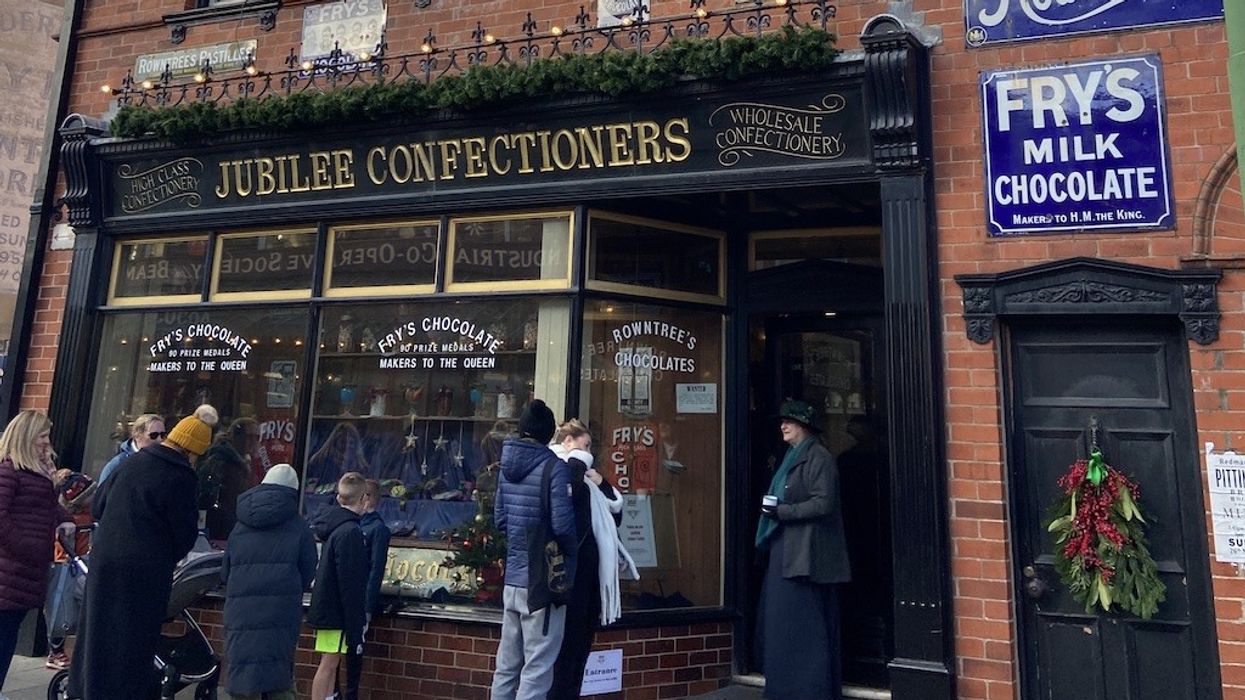

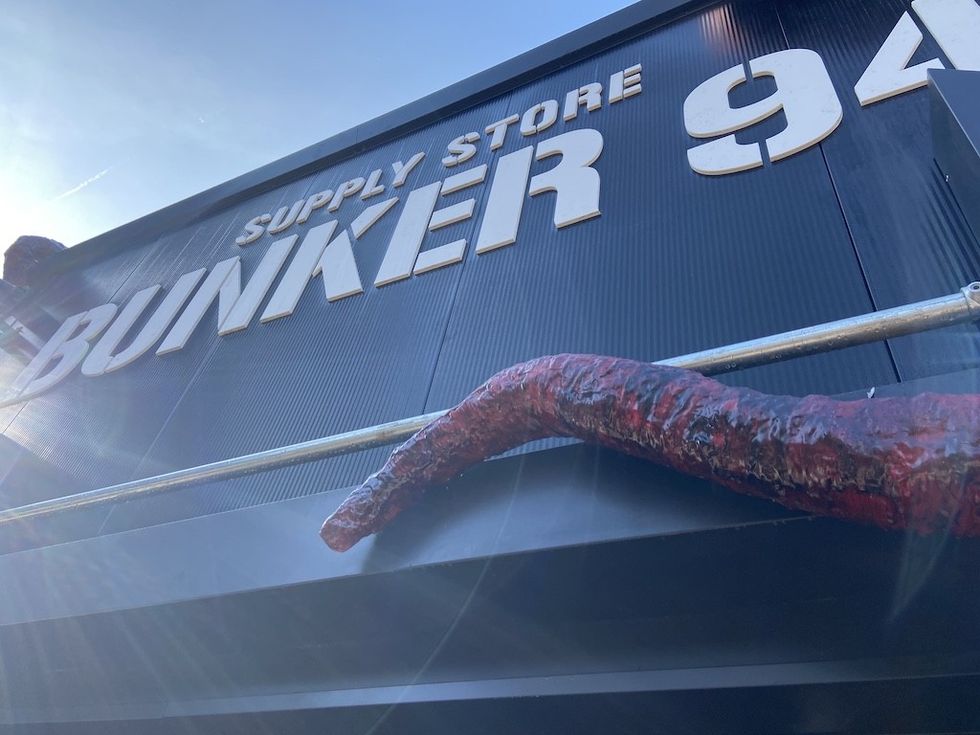
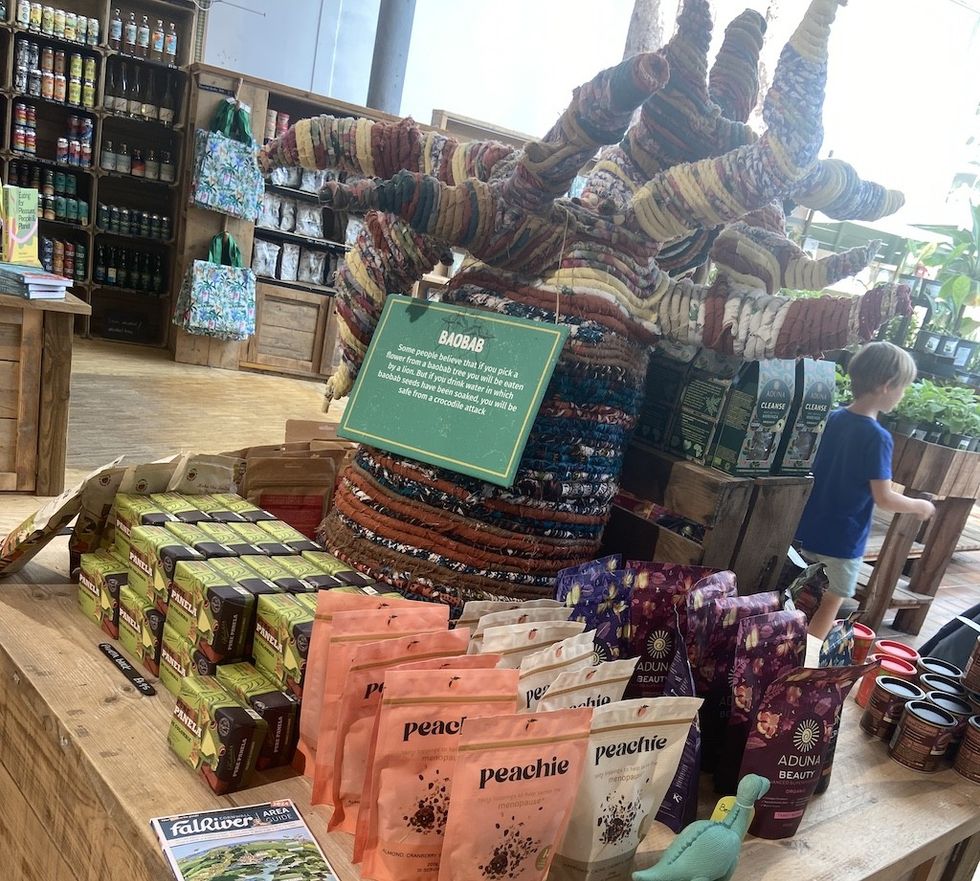
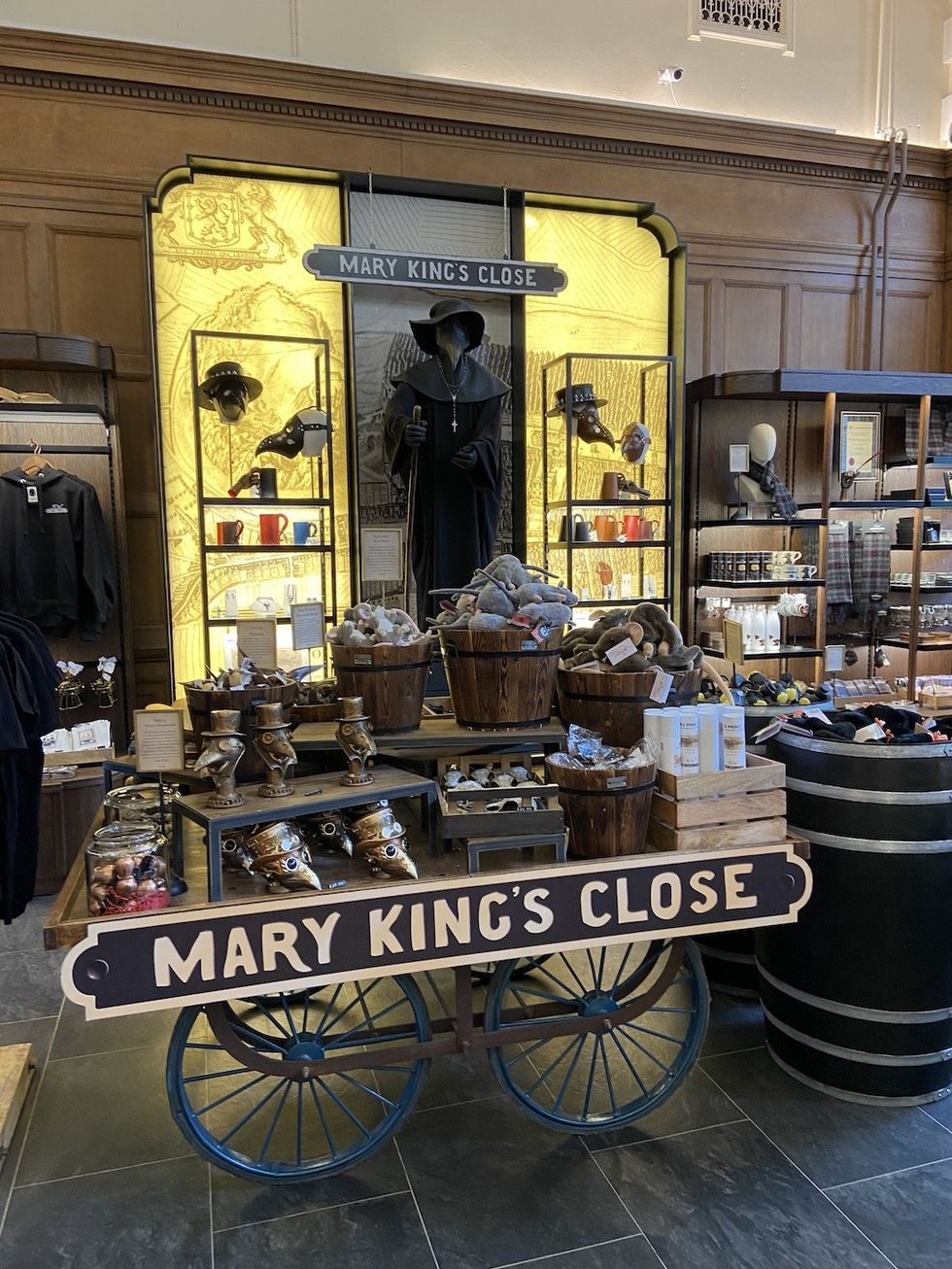
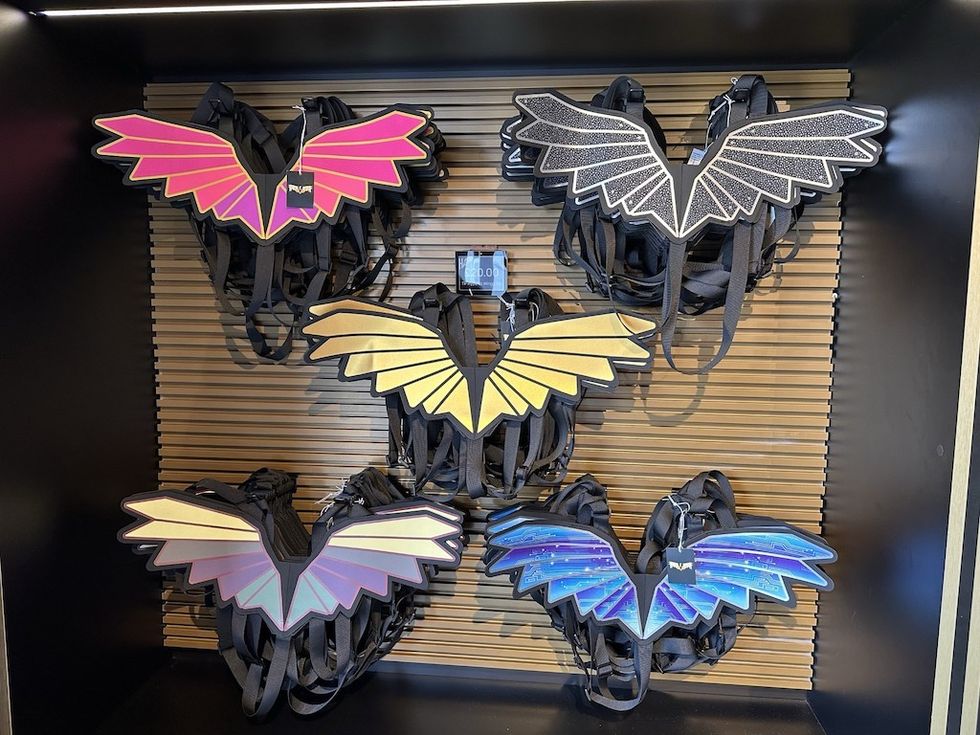
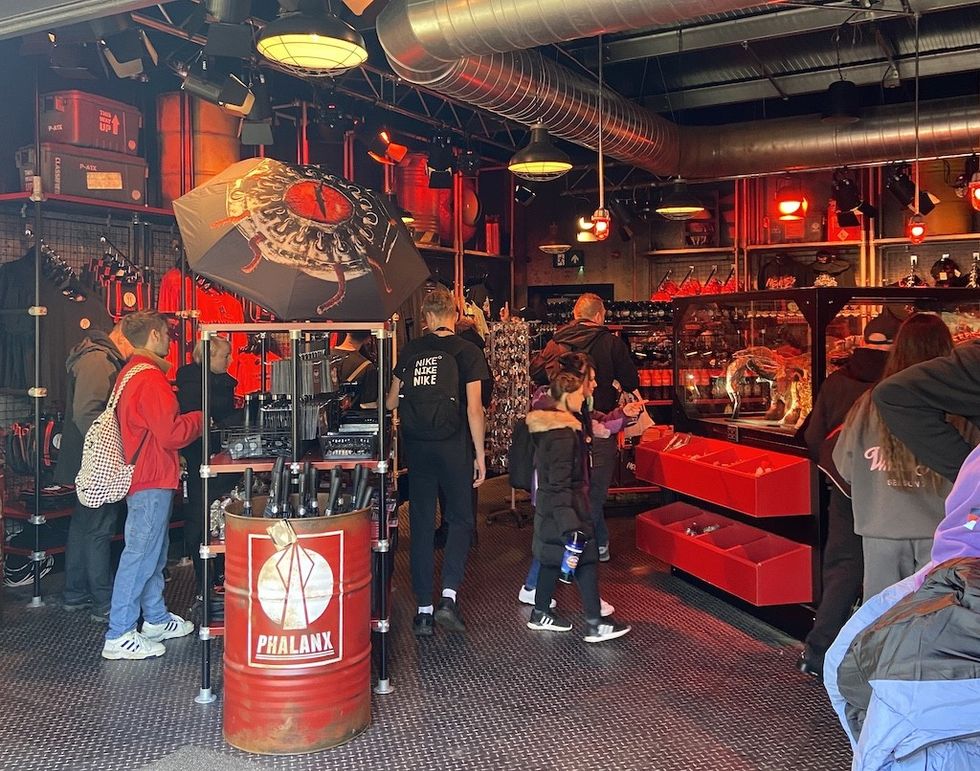
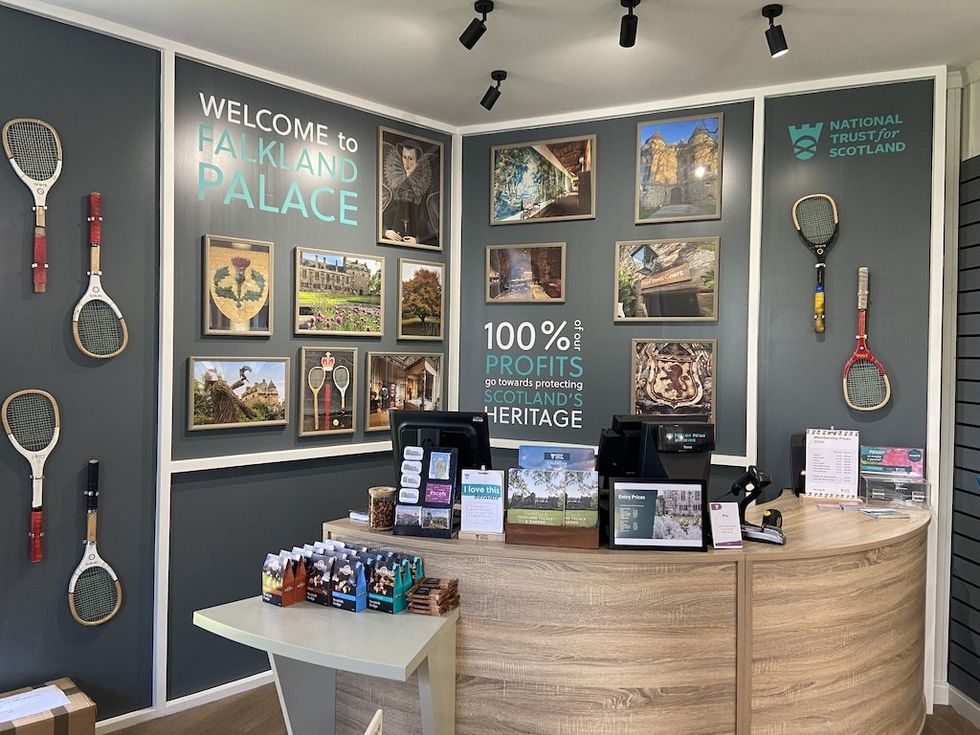
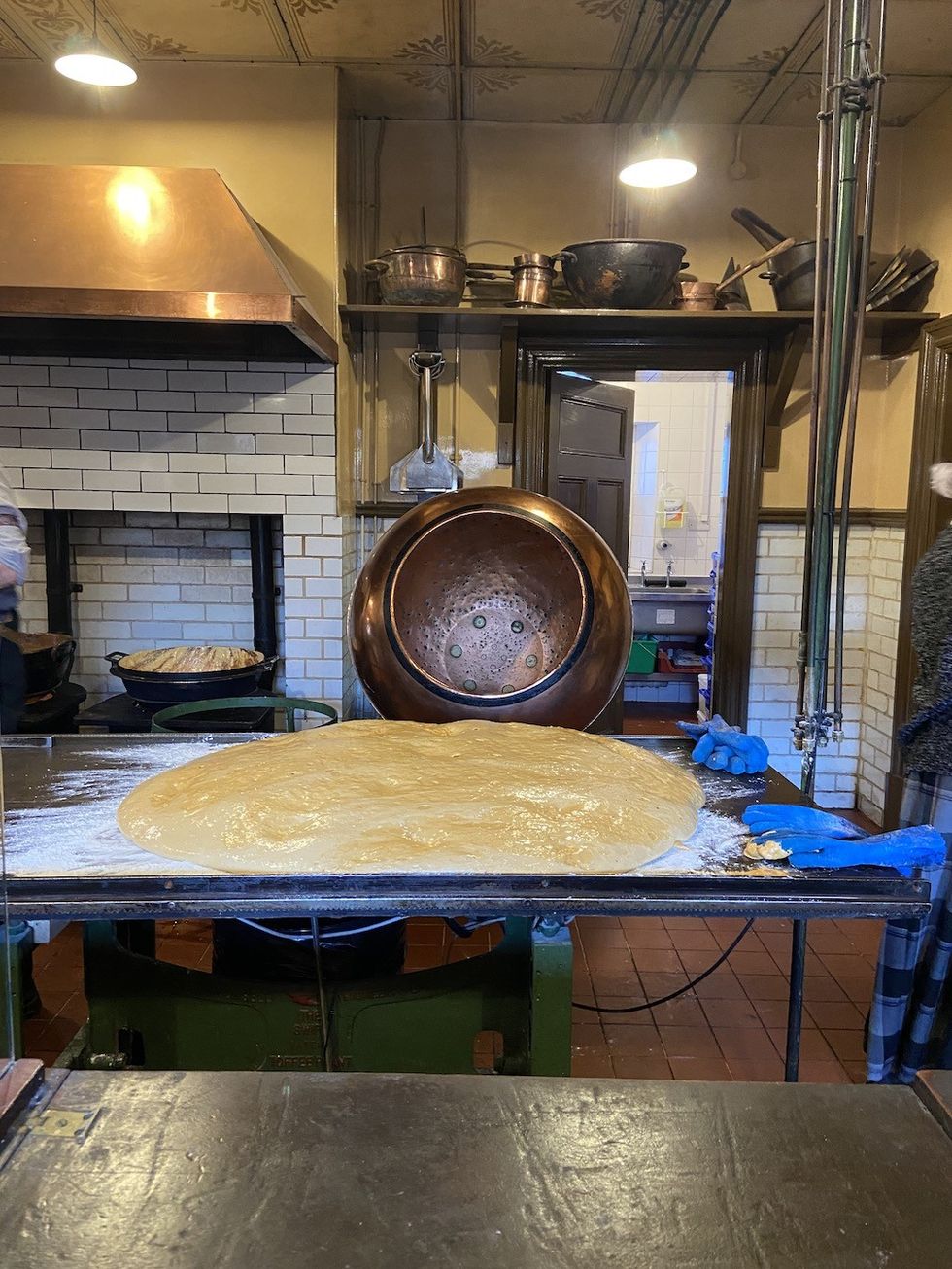

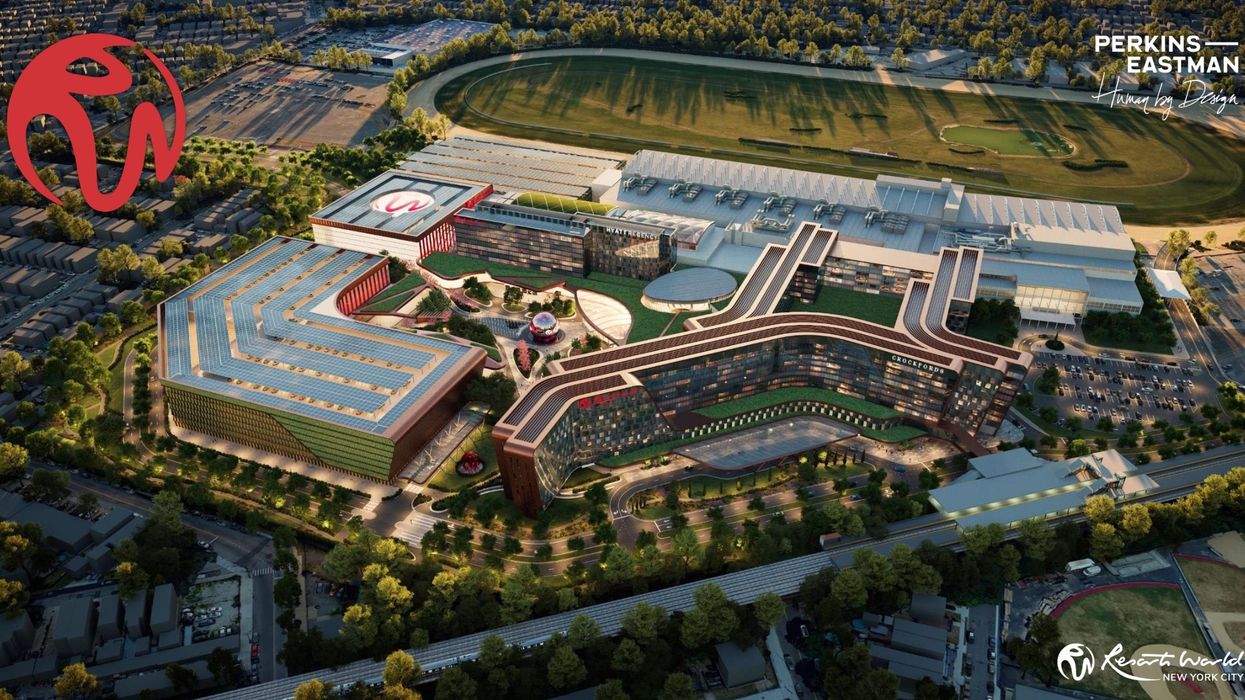
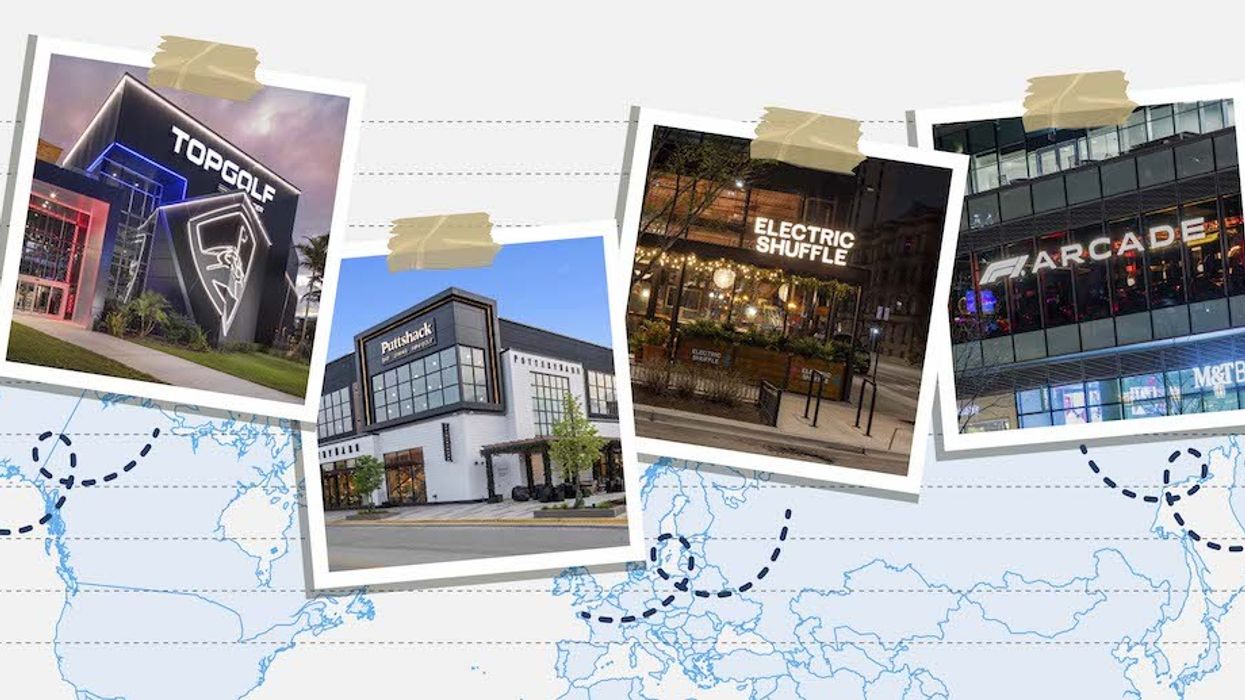
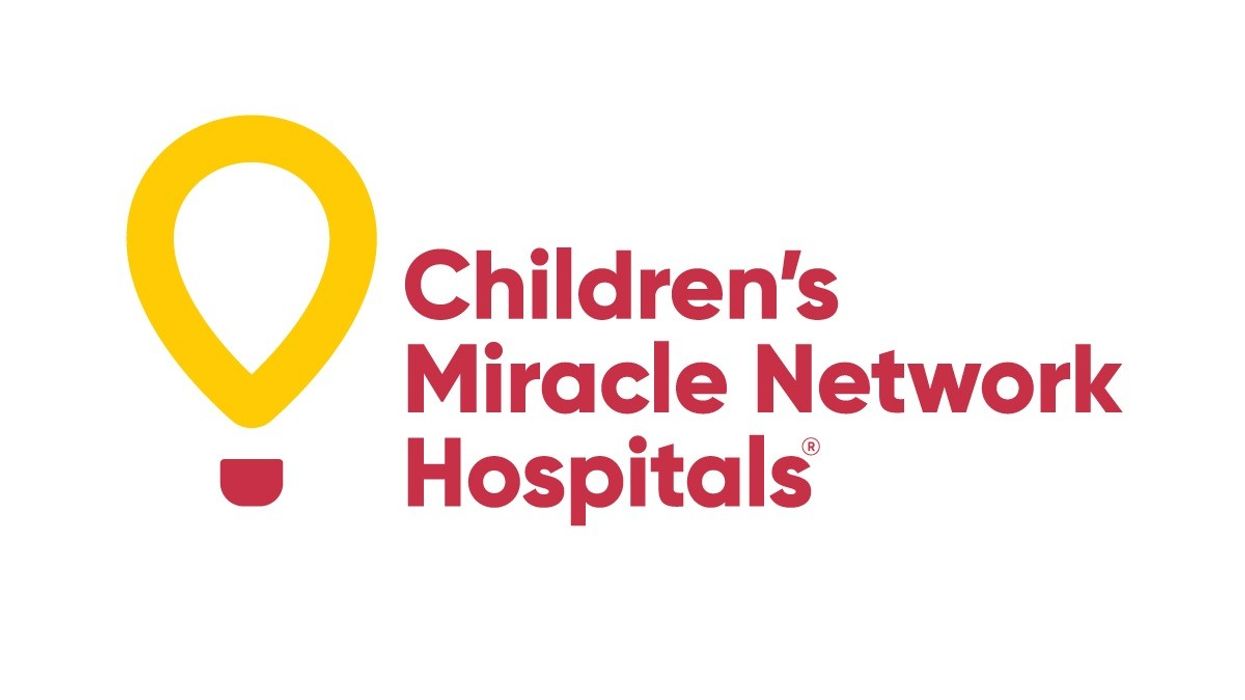
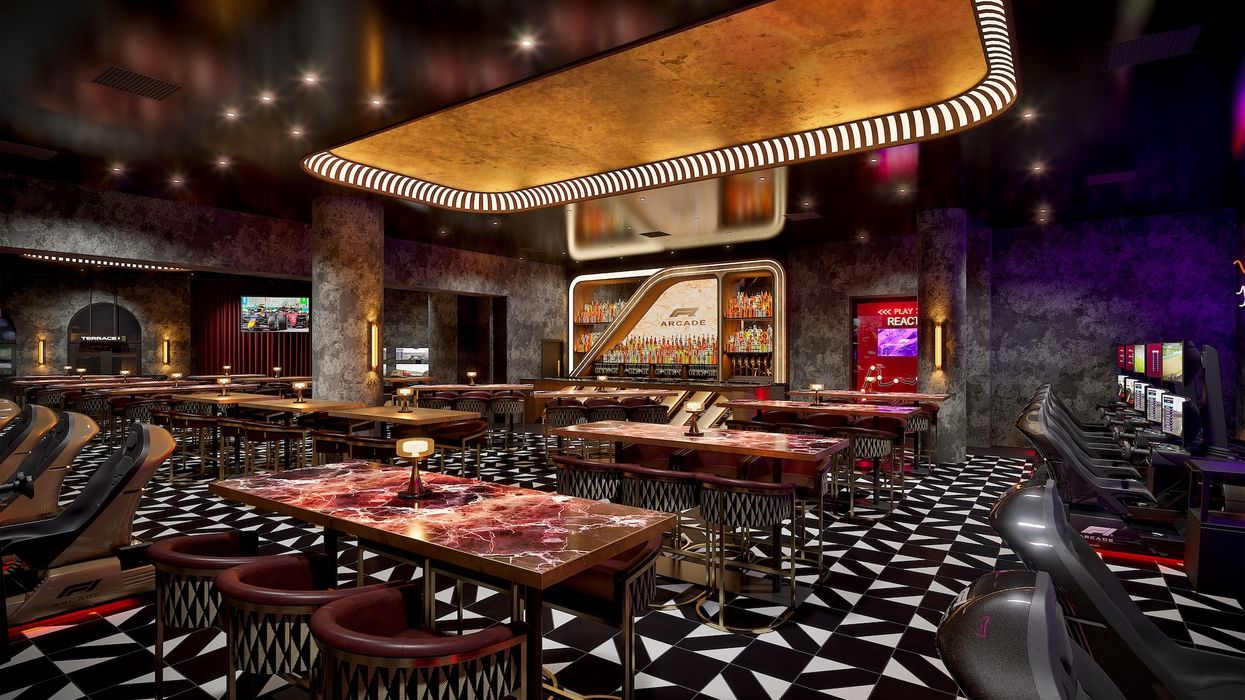
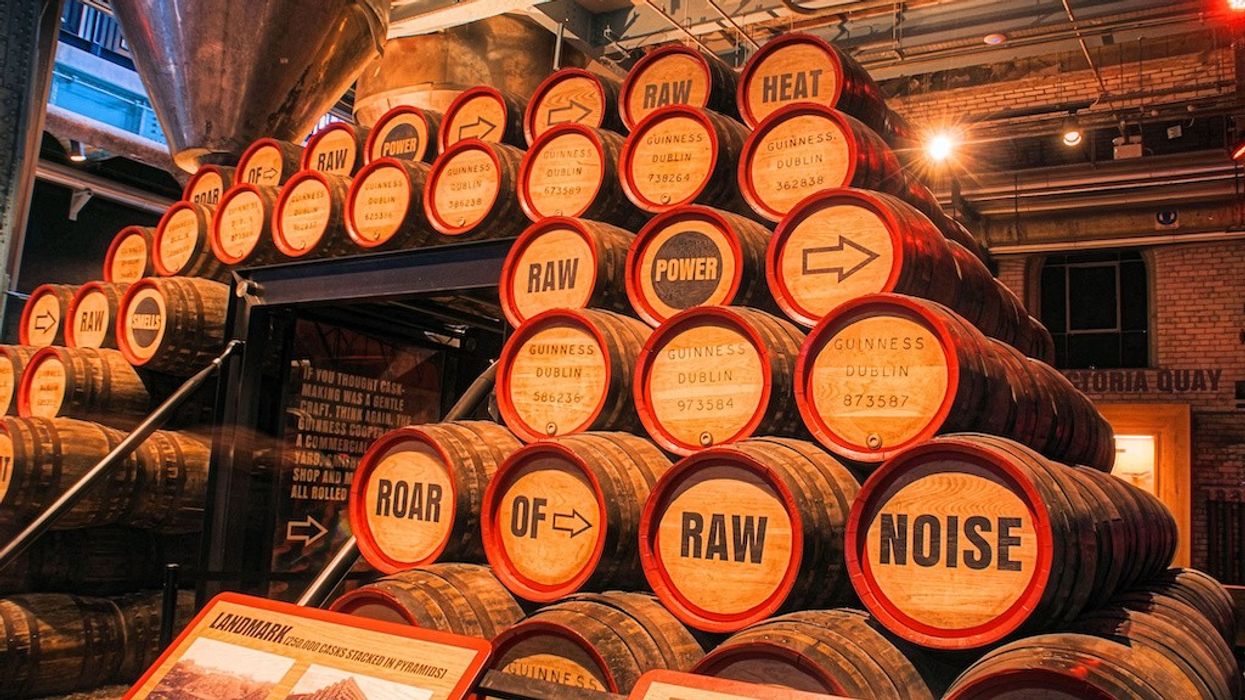
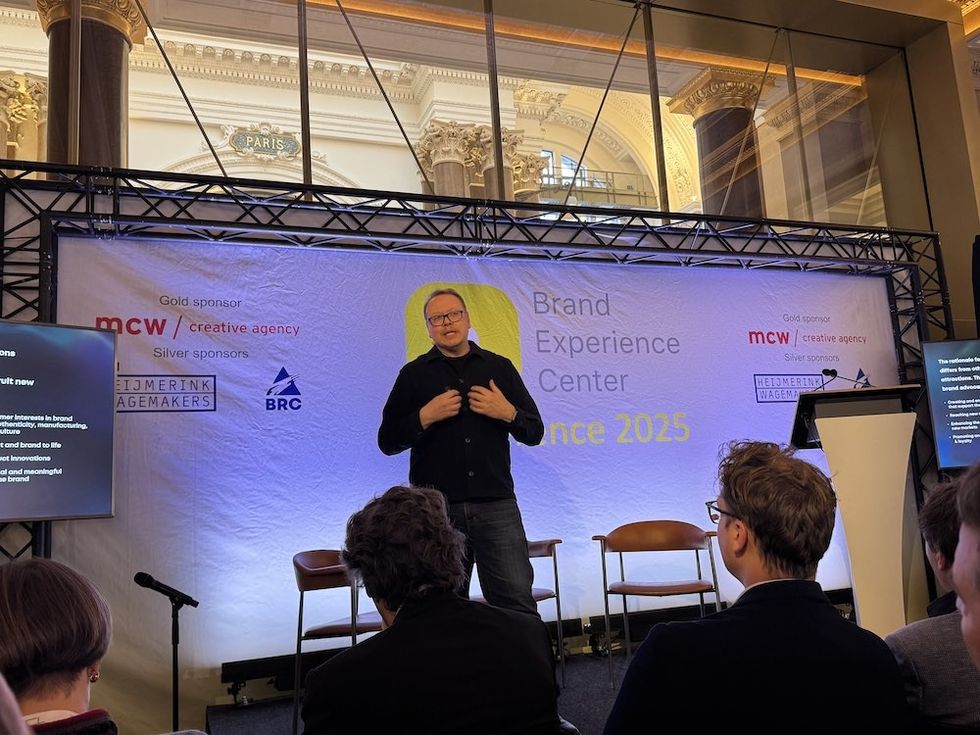 Christian Lachel, chief creative officer, BRC Imagination Arts
Christian Lachel, chief creative officer, BRC Imagination Arts 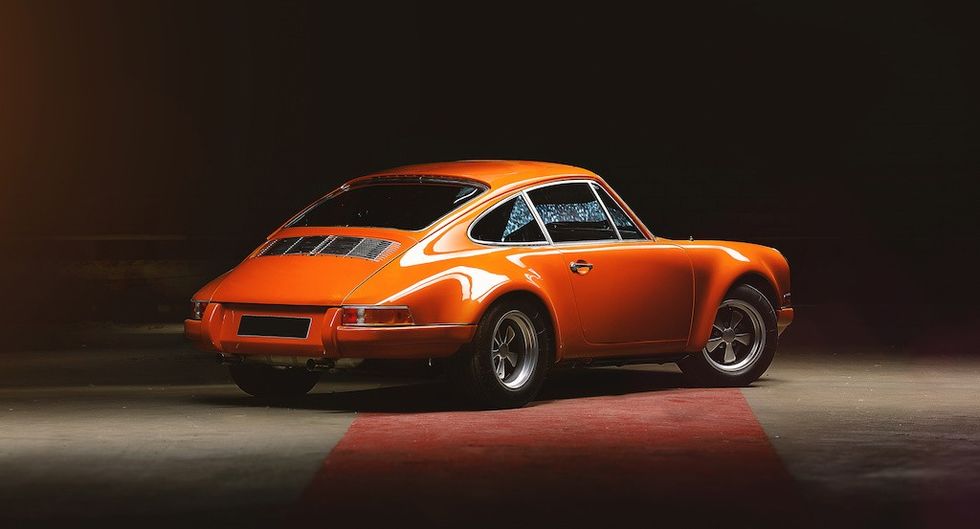 Image credit AA+W - stock.adobe.com
Image credit AA+W - stock.adobe.com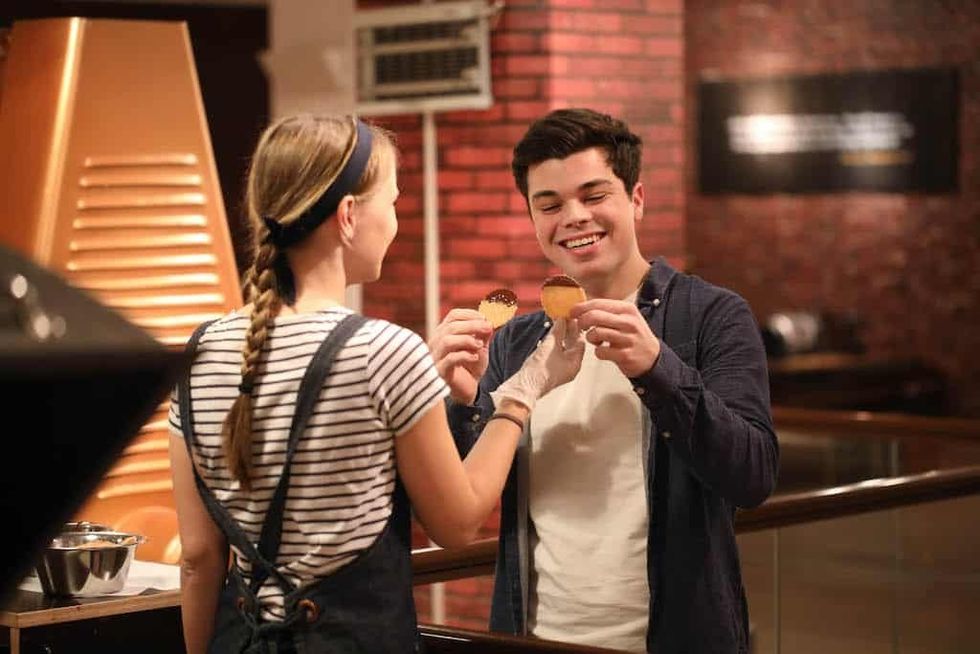 Chocoversum Image credit Sebastian Fuchs
Chocoversum Image credit Sebastian Fuchs 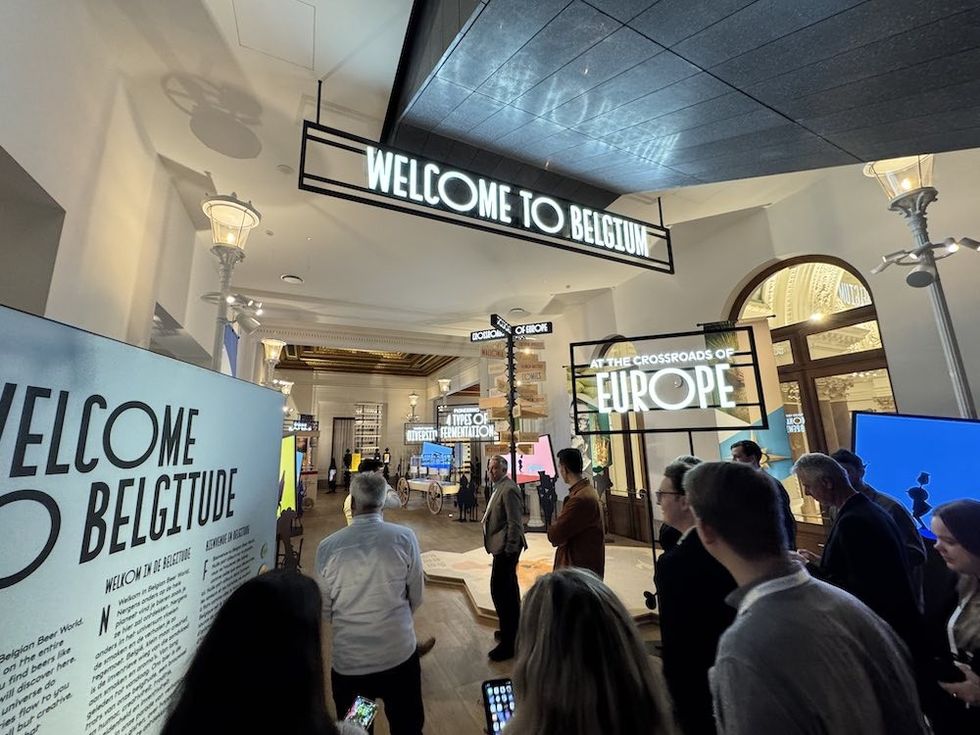 Belgian Beer World
Belgian Beer World 
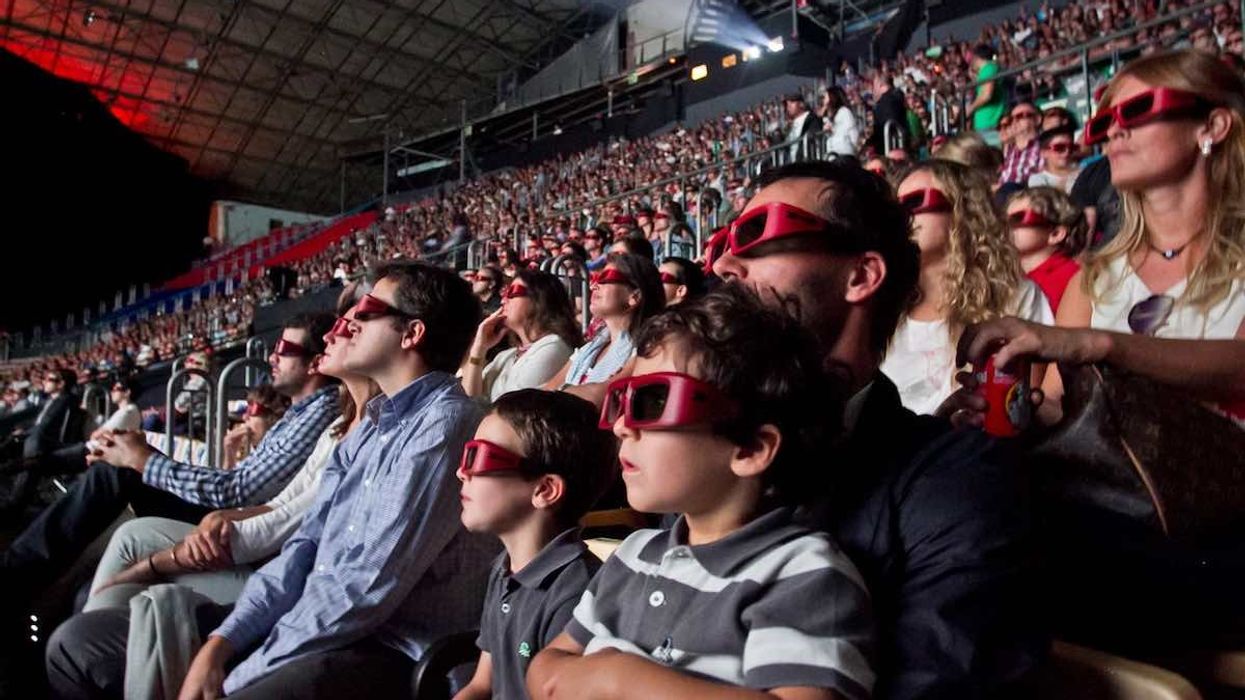

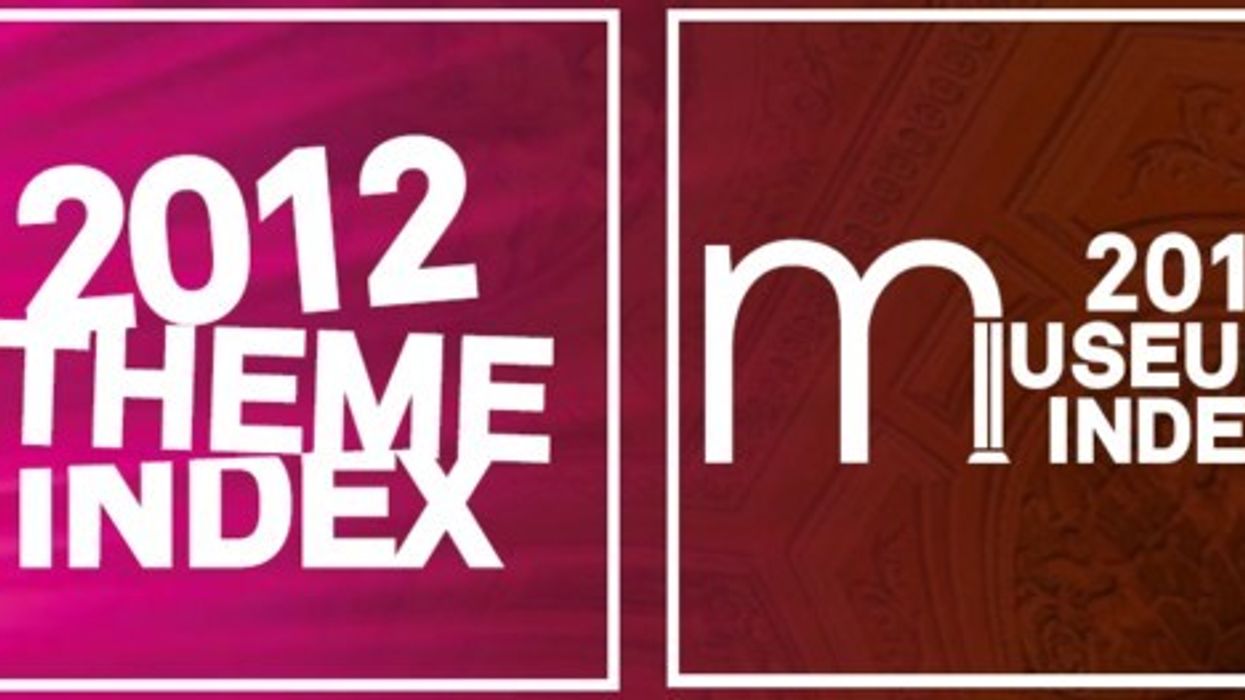
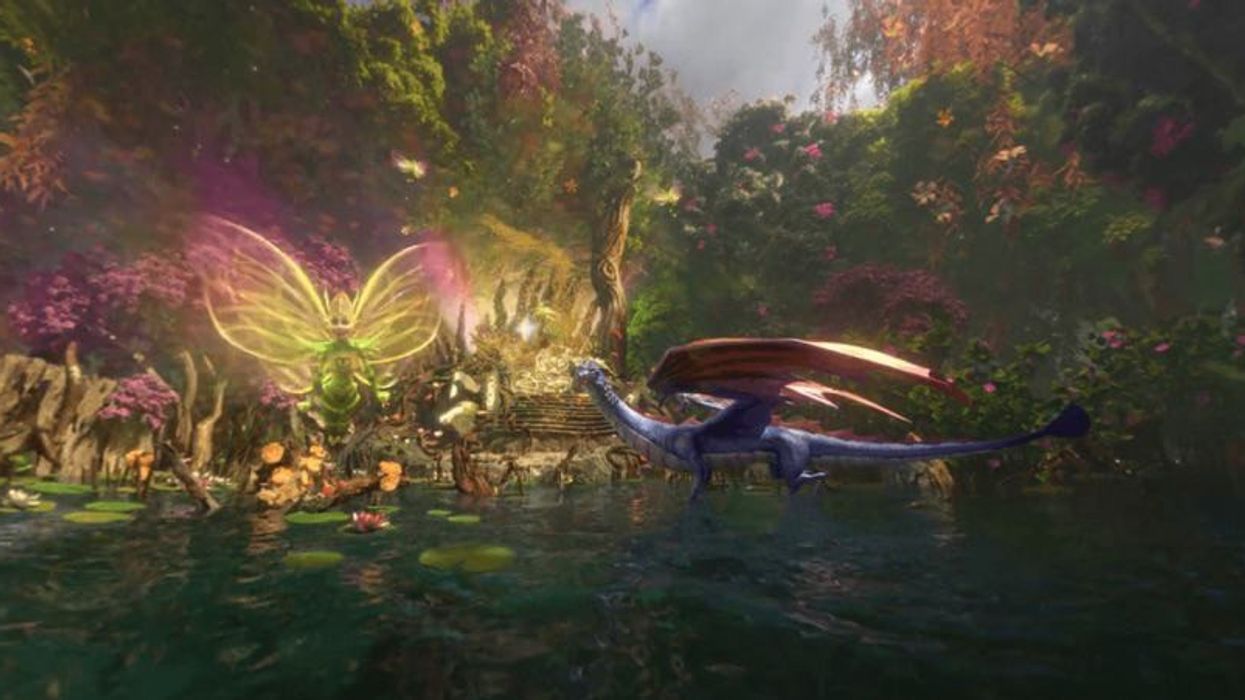
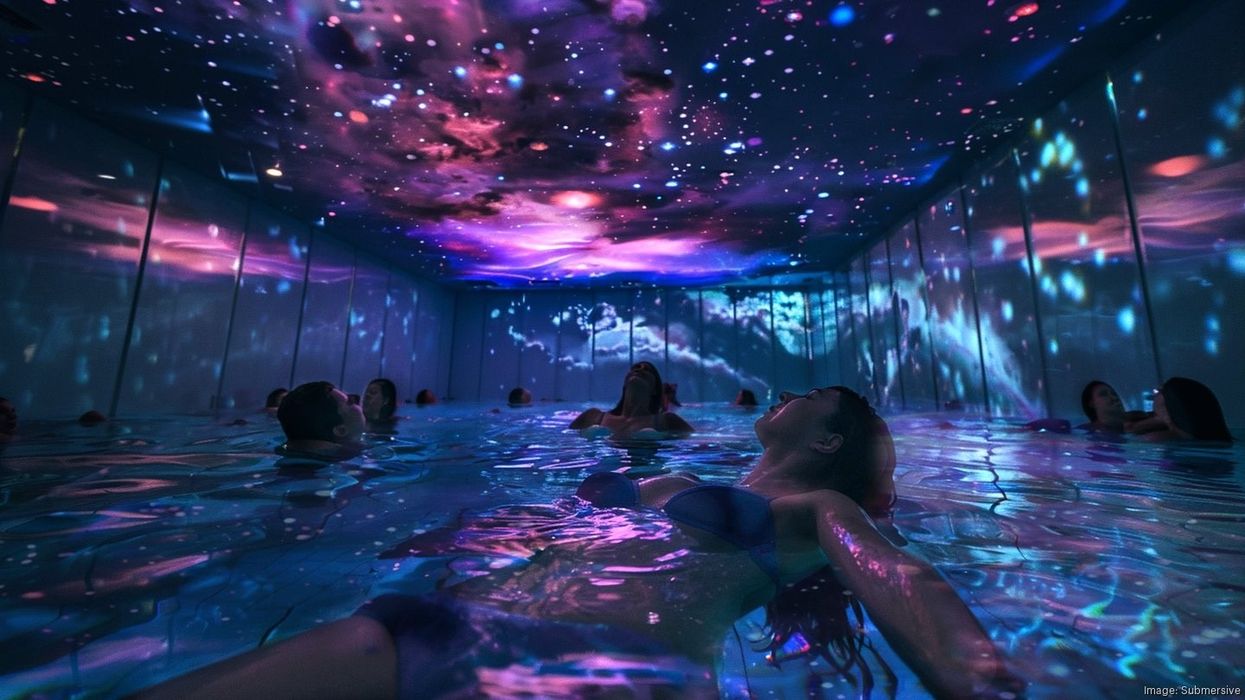
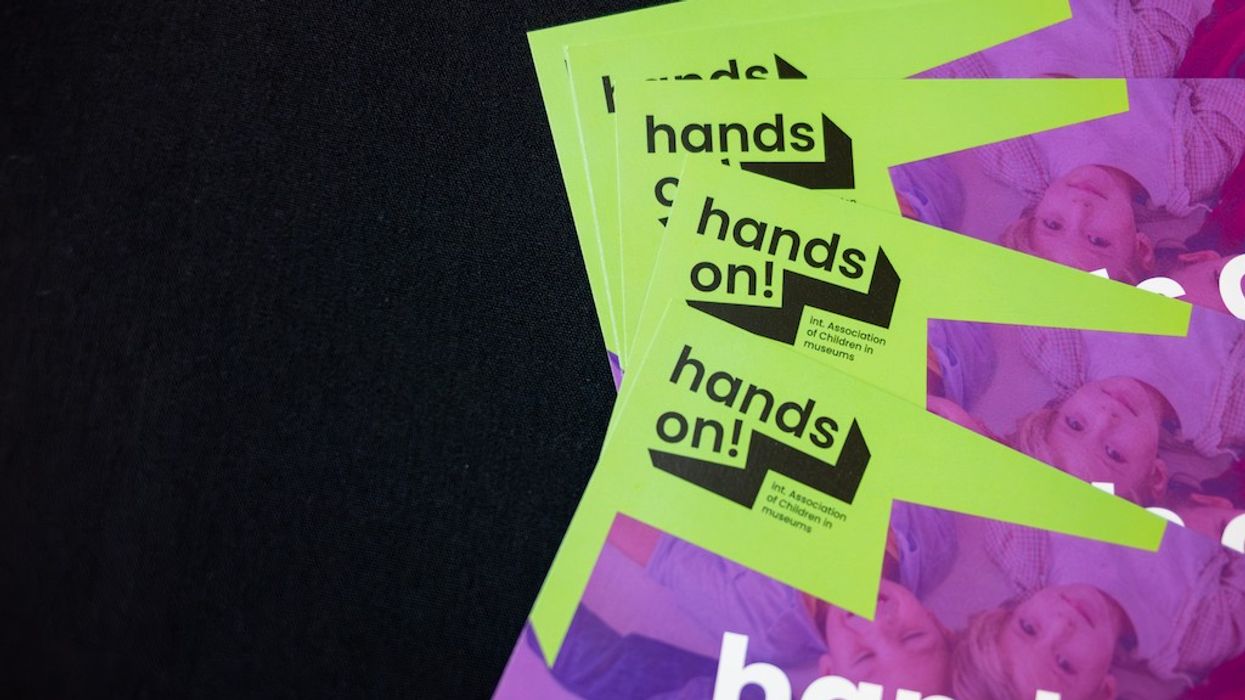
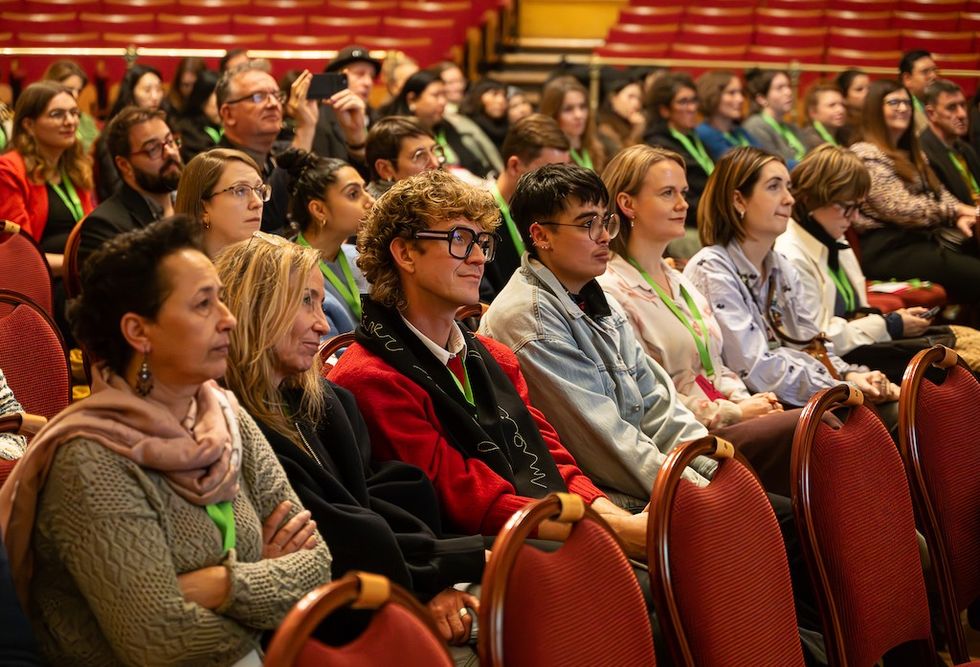
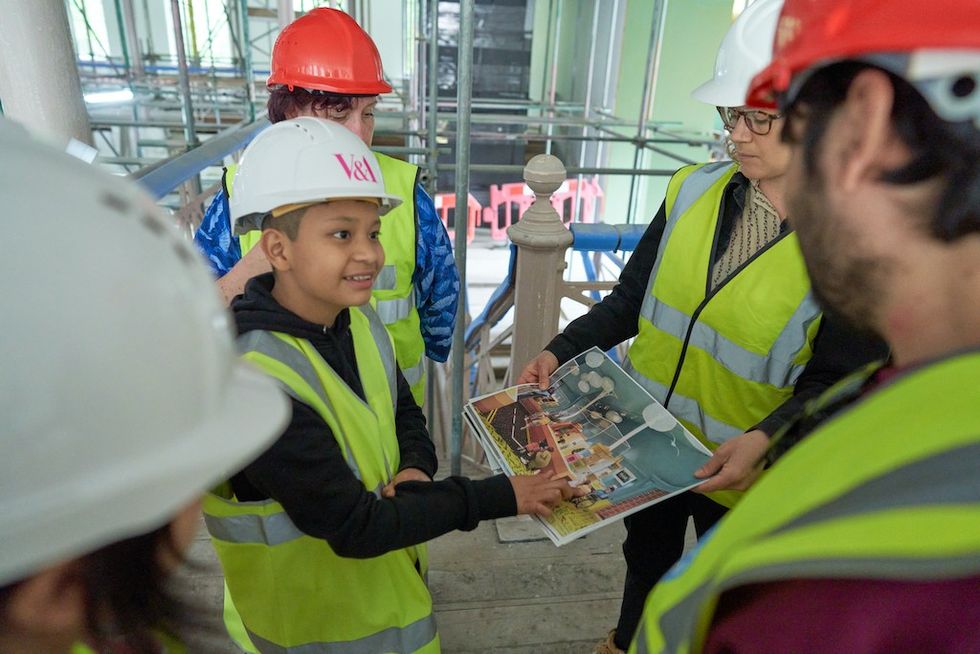 Young V&A Youth Collective members have a tour of the Young V&A construction site. Image courtesy of Young V&A.
Young V&A Youth Collective members have a tour of the Young V&A construction site. Image courtesy of Young V&A. 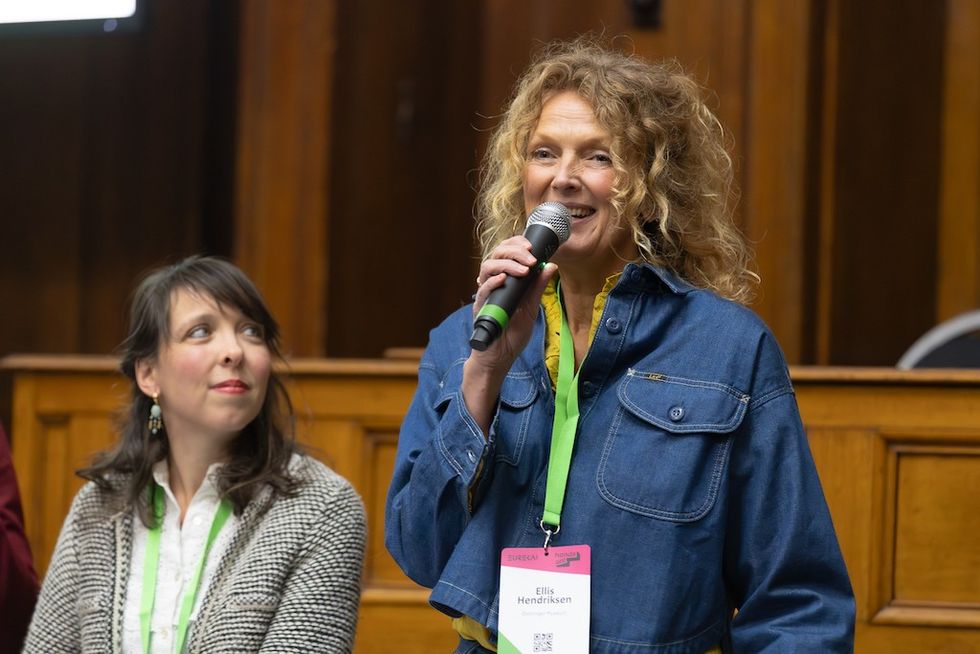 Floriane Perot and Ellis Hendriksen
Floriane Perot and Ellis Hendriksen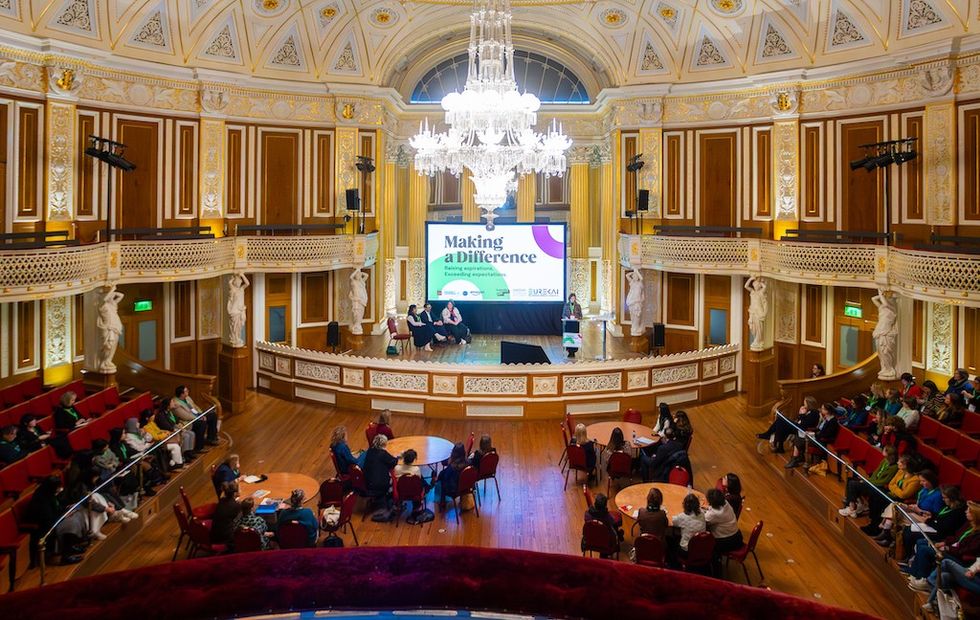
 Amber Ogunsanya-William
Amber Ogunsanya-William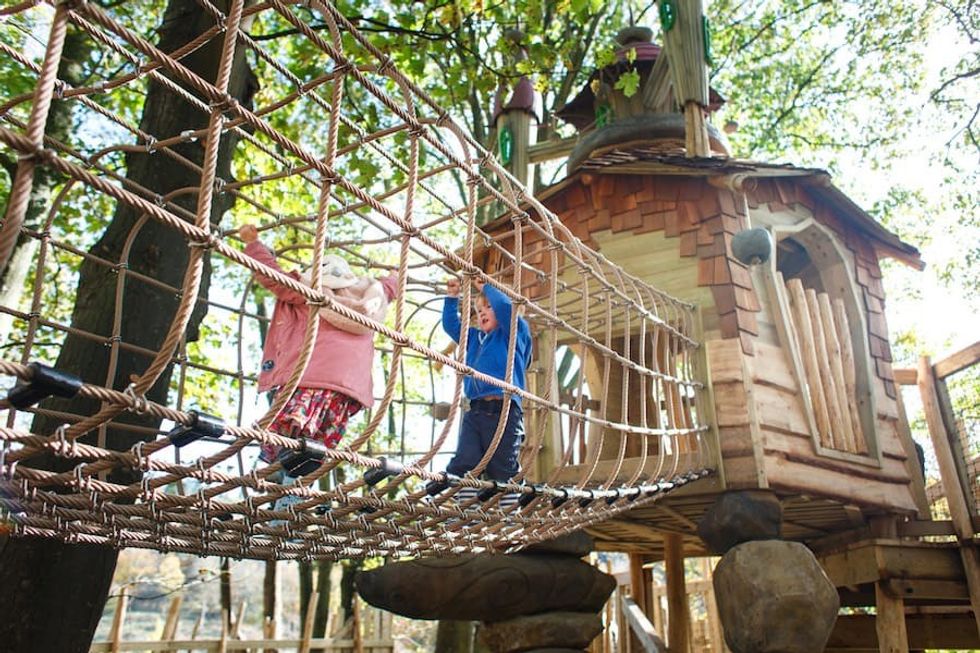 Tumblestone Hollow adventure playground by CAP.CO
Tumblestone Hollow adventure playground by CAP.CO  Ghaleya Al Mansoori
Ghaleya Al Mansoori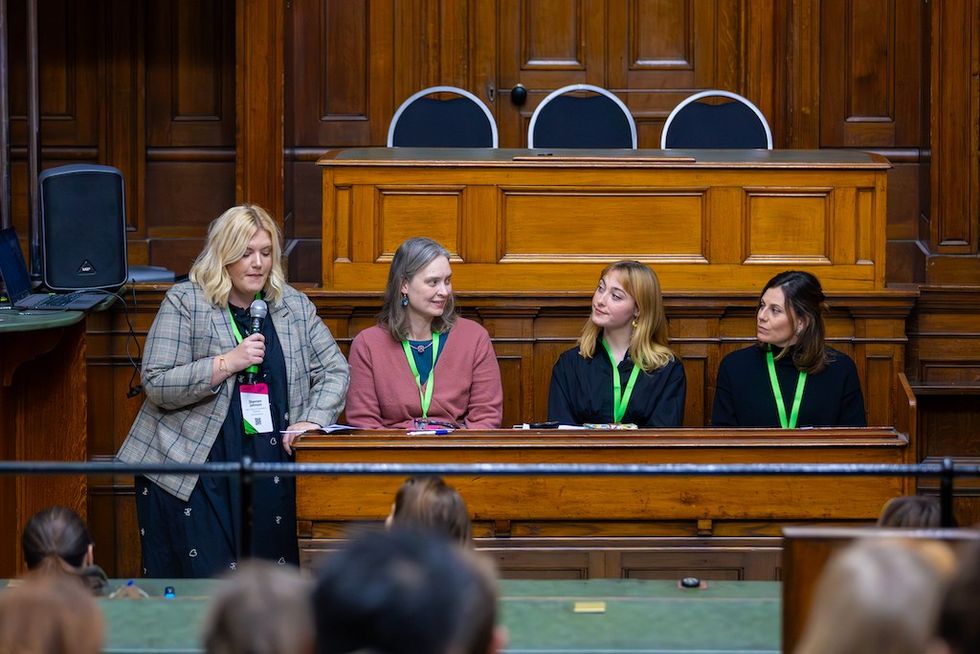
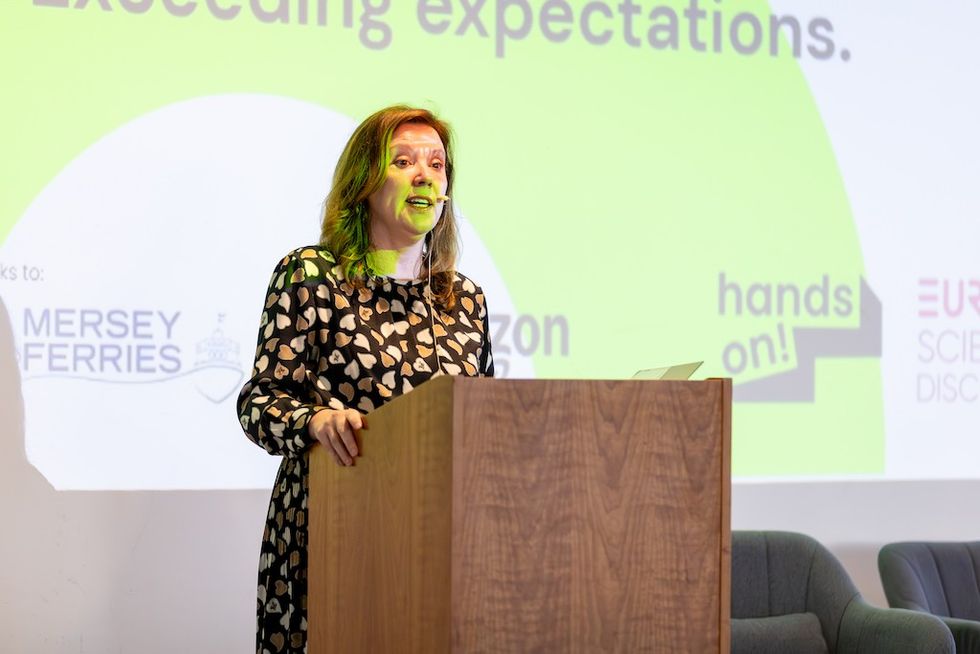 Dame Rachel de Souza
Dame Rachel de Souza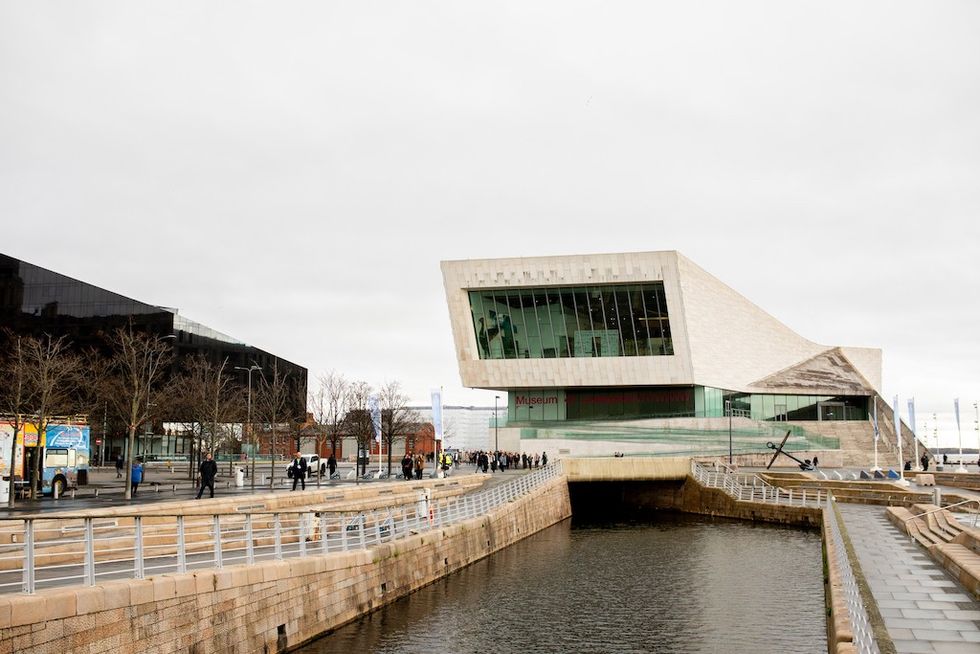 Liverpool Museum
Liverpool Museum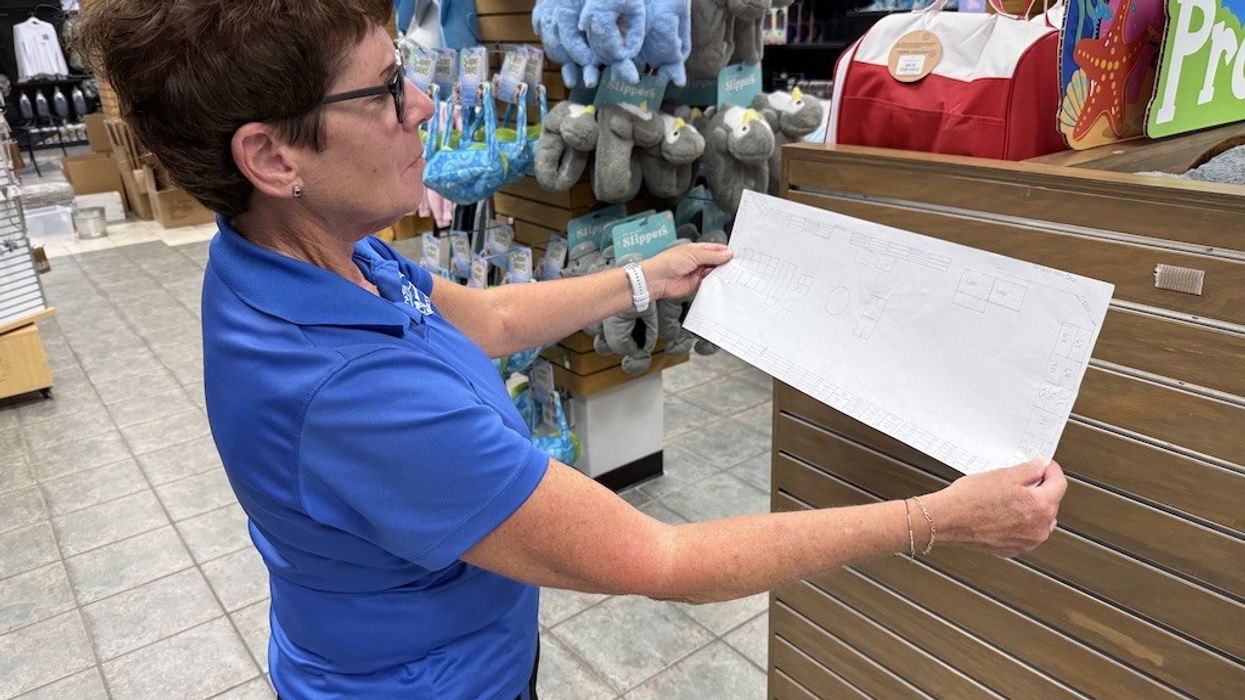
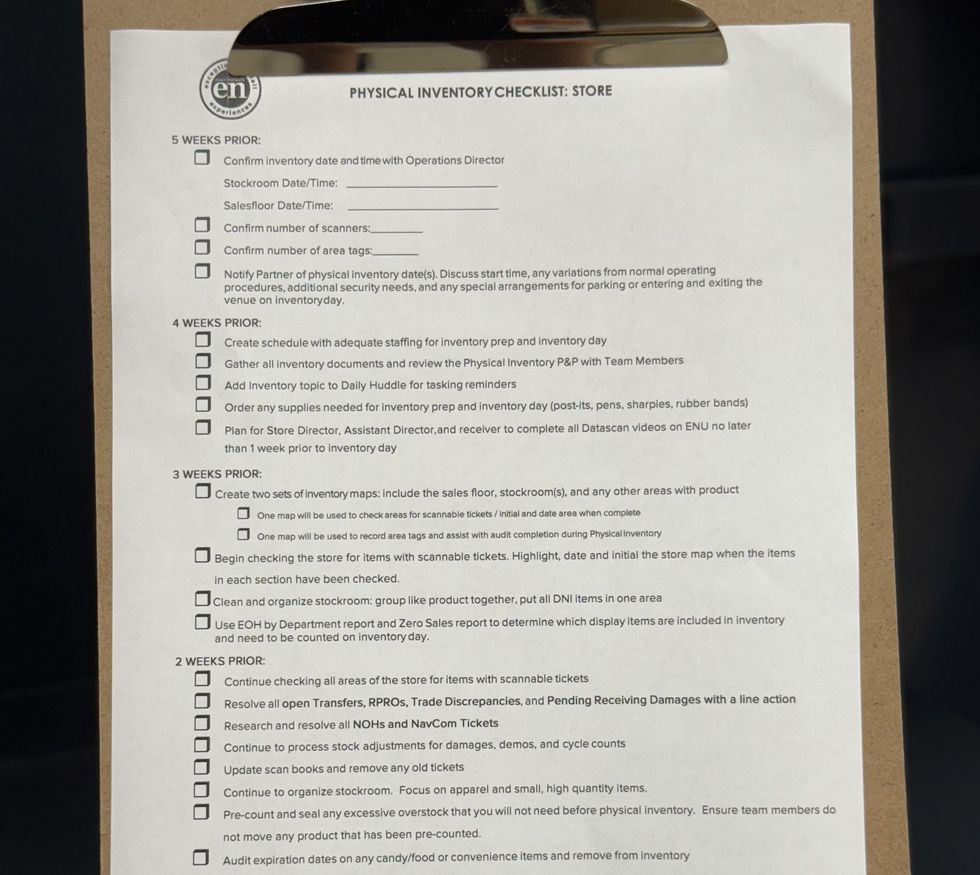
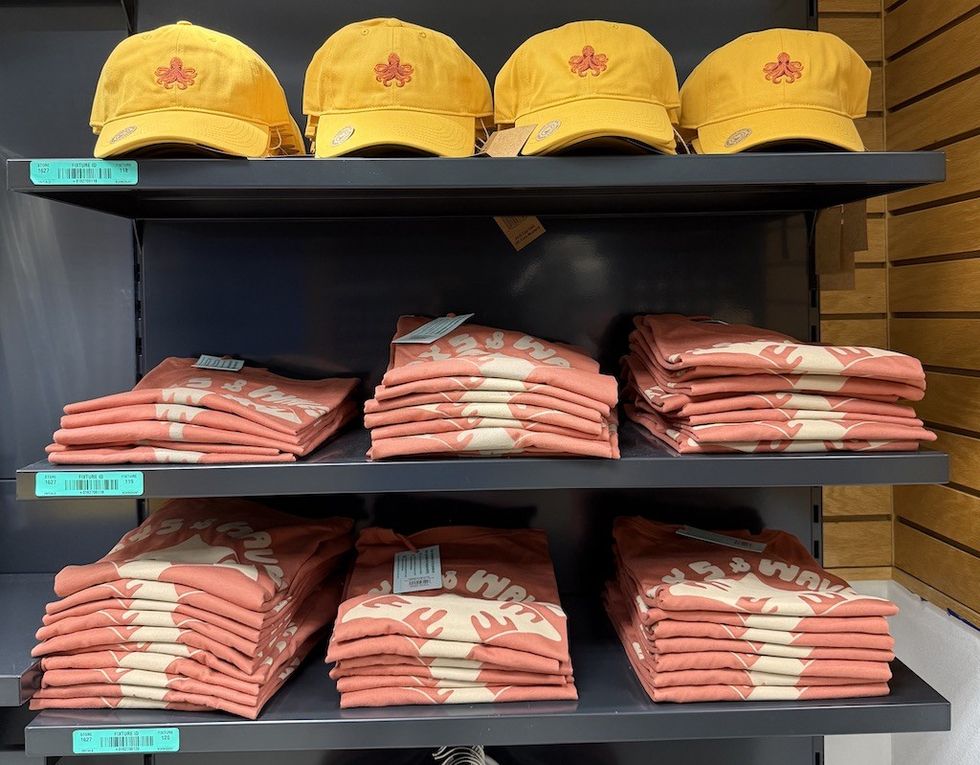
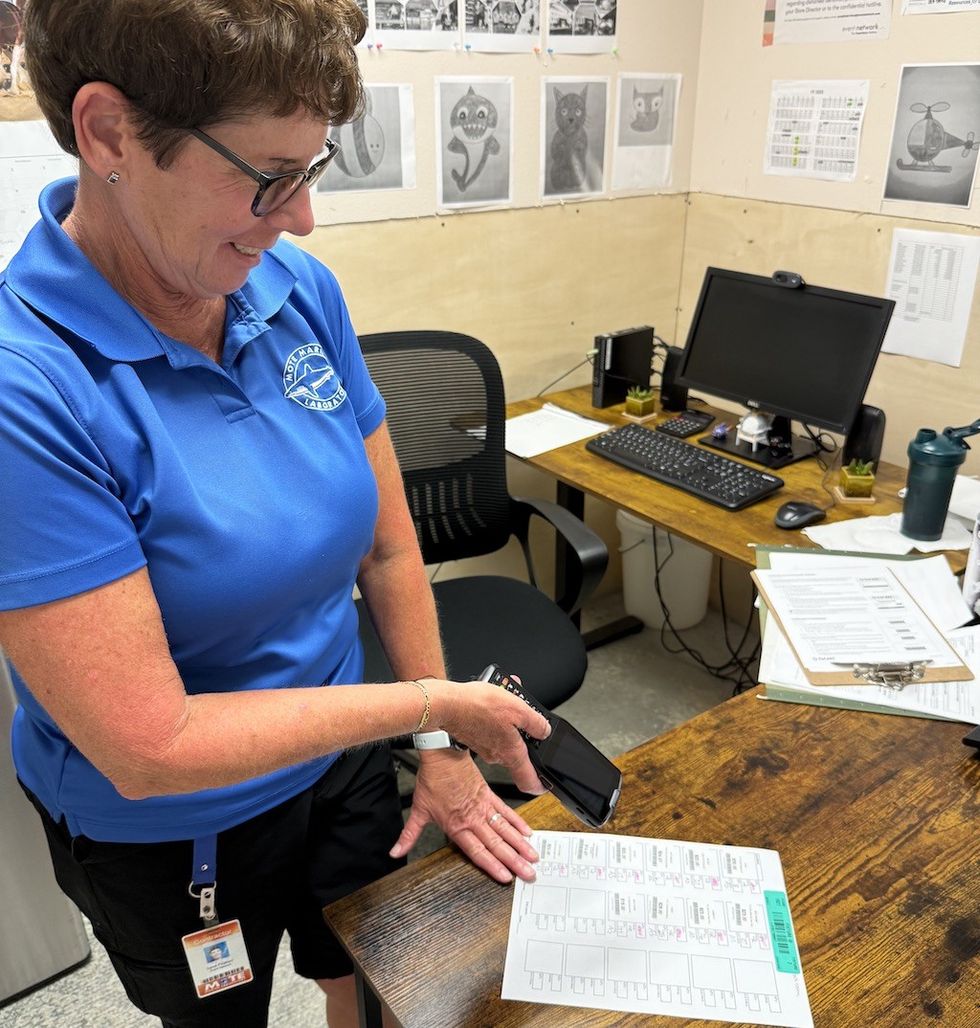


 Guests display a commemorative UN stamp sheet marking the 100th anniversary of the Palace Museum at the UN headquarters in New York, May 2025 (Xinhua)
Guests display a commemorative UN stamp sheet marking the 100th anniversary of the Palace Museum at the UN headquarters in New York, May 2025 (Xinhua)